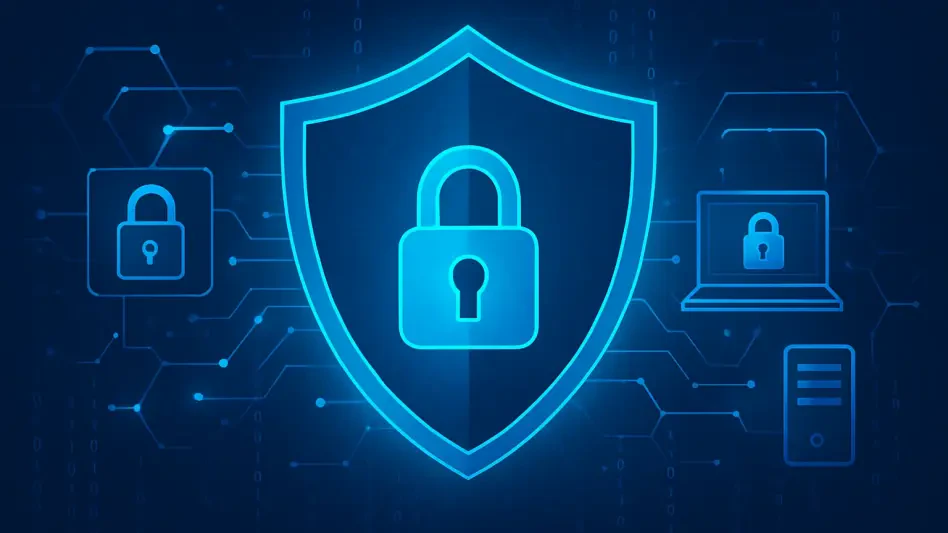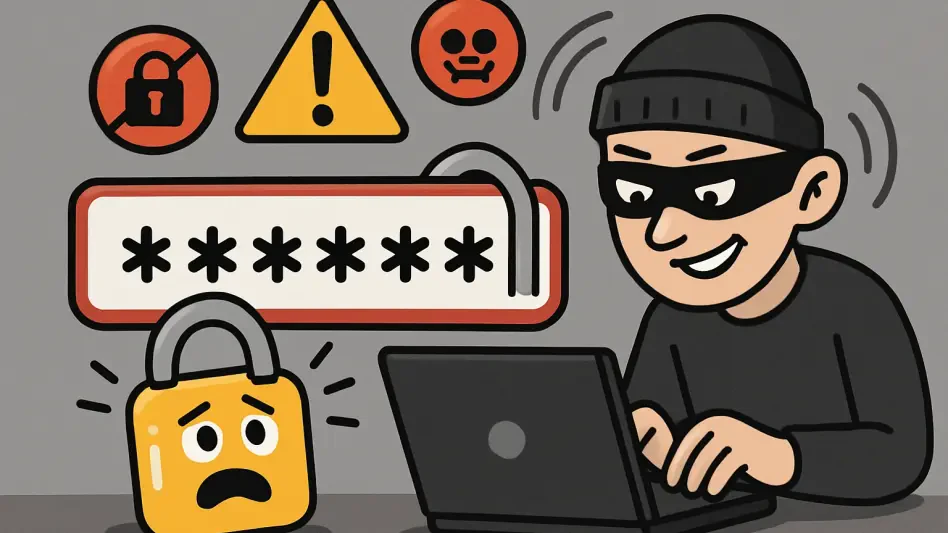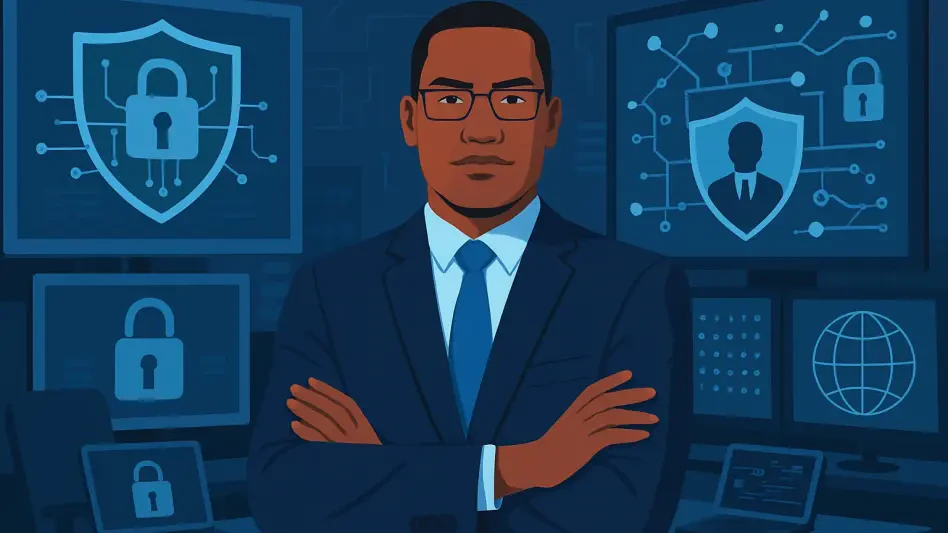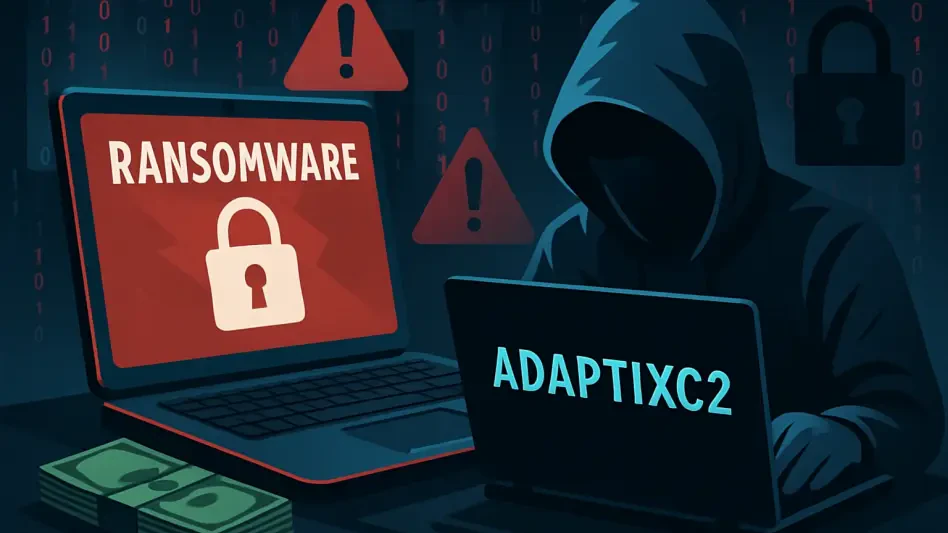In today’s hyper-connected digital landscape, where virtually every aspect of life—from banking to socializing—relies on online platforms, the stakes for protecting personal information have never been higher, and October brings Cybersecurity Awareness Month as a timely reminder to prioritize digital safety under the powerful theme “Secure Our World.” With cyber threats evolving at an alarming pace, ranging from everyday phishing attempts to sophisticated AI-generated fraud, the need for actionable steps to safeguard your online presence is urgent. Thankfully, securing a digital life doesn’t require advanced technical skills; it starts with understanding the risks and adopting practical habits. This guide aims to equip individuals, families, and communities with the knowledge and tools needed to navigate the complex world of cybersecurity. From foundational practices to cutting-edge technological solutions, the focus is on empowering everyone to build a robust defense against cyber risks. Let’s explore how small, consistent actions can create a safer digital environment for all.
Laying the Foundation with Core Cybersecurity Practices
The journey to digital security begins with mastering the basics, often referred to as the “Core 4” practices, which serve as the bedrock for protecting online accounts and data. These fundamental steps include crafting strong, unique passwords—preferably managed through a secure password manager to avoid reuse or forgetfulness. Enabling multifactor authentication (MFA) adds an additional layer of defense by requiring a second form of verification beyond just a password. Keeping software up to date is equally critical, as updates often patch vulnerabilities that cybercriminals exploit. Lastly, learning to recognize and report scams, such as suspicious emails or messages, prevents falling prey to fraudulent schemes. These actions are accessible to anyone, regardless of technical expertise, and can significantly reduce the risk of common breaches. By integrating these habits into daily routines, a strong first line of defense against digital threats is established.
Beyond just adopting these practices, understanding their importance in the broader context of cybersecurity helps sustain long-term commitment. Many breaches occur due to simple oversights, like using the same password across multiple platforms or ignoring software update notifications. A password manager not only stores complex credentials but also generates them, eliminating the temptation to reuse weak phrases. MFA, meanwhile, has proven effective in stopping unauthorized access even if a password is compromised. Regular updates ensure devices aren’t left exposed to known flaws, and scam awareness empowers users to question unsolicited requests. Together, these steps create a proactive mindset, shifting the focus from reaction to prevention. Starting with these essentials builds confidence in handling more advanced threats down the line.
Confronting the Rise of Scams and AI-Driven Fraud
The landscape of cyber threats has transformed dramatically, with scammers leveraging advanced technologies like artificial intelligence to craft highly deceptive fraud. Reports indicate that over half of the global population has encountered scams, with Americans facing more than a dozen such attempts each day. The proliferation of AI-generated content, particularly deepfakes, has seen an astonishing 1,740% surge in North America in recent times, making these threats harder to detect. The consequences are severe, with a significant portion of victims losing substantial amounts of money and many experiencing emotional distress from the betrayal. Social media platforms and video-sharing sites have become prime arenas for distributing such fraudulent content, amplifying the reach of these sophisticated attacks.
Particularly vulnerable demographics, such as younger adults aged 18-24, encounter deepfake content more frequently than older groups, despite often being perceived as tech-savvy. The cunning use of cloaked links and fabricated media exploits trust in familiar platforms, making it challenging to distinguish genuine communications from malicious ones. The financial toll is often immediate, with losses occurring within hours of engagement, while the emotional impact can linger much longer. Staying informed about the prevalence and mechanisms of these scams is a crucial step toward avoidance. Recognizing that even digitally literate individuals can fall victim underscores the need for heightened vigilance and additional protective measures in this rapidly evolving threat environment.
Recognizing the Limits of Human Detection
Spotting cyber threats through personal observation alone has become an uphill battle in the face of increasingly complex attacks. On average, individuals spend nearly 100 hours annually just trying to verify the legitimacy of messages or content they receive, a time-consuming process that often yields uncertainty. Surveys reveal that close to half of Americans lack confidence in their ability to identify AI-generated fraud like deepfakes, which can mimic real voices or visuals with eerie precision. The sheer volume of daily digital interactions compounds this challenge, as sifting through emails, texts, and social media for potential scams becomes an overwhelming task for most.
This growing burden highlights a critical gap in relying solely on human judgment to stay safe online. Even with training on spotting red flags—such as unrealistic claims or subtle visual distortions in deepfake videos—the speed and sophistication of modern threats often outpace individual detection capabilities. Fatigue sets in, and mistakes become inevitable when balancing cybersecurity with daily responsibilities. The emotional toll of constant vigilance can also lead to complacency, creating openings for cybercriminals to exploit. As threats multiply, it becomes evident that manual efforts must be supplemented by more efficient, reliable solutions to keep pace with the scale of digital risks.
Harnessing Technology for Enhanced Protection
In response to the limitations of human detection, technology offers powerful tools to bolster cybersecurity with speed and accuracy. AI-driven scam detectors, for instance, analyze incoming texts, emails, and even video content in real-time, flagging potential threats before they cause harm. These solutions are designed to identify patterns and anomalies that might escape the untrained eye, such as subtle inconsistencies in AI-generated fraud. By automating the verification process, they save significant time and reduce the stress associated with constant manual checks, allowing users to focus on their daily tasks without fear of oversight.
Moreover, the effectiveness of such tools lies in their ability to adapt to emerging threats, learning from new scam tactics as they evolve. Many platforms integrate these detectors across multiple communication channels, ensuring broad coverage against attacks that strike within moments of contact. The confidence gap in identifying complex fraud is addressed through proactive alerts, empowering users to act swiftly when a risk is detected. As cybercriminals continue to leverage advanced tech, matching their sophistication with equally innovative defenses becomes essential. Adopting these technological aids not only enhances personal security but also sets a standard for staying ahead in an ever-shifting digital battleground.
Adopting a Holistic Approach to Digital Safety
Securing a digital presence extends far beyond just evading scams; it requires a comprehensive strategy that addresses multiple vulnerabilities. Password managers play a pivotal role by generating and storing complex credentials, eliminating the risks tied to weak or repeated passwords. Virtual private networks (VPNs) ensure safe browsing, especially on public Wi-Fi, by encrypting connections and shielding data from prying eyes. Identity monitoring services provide early warnings about data breaches or unauthorized use of personal information, while antivirus software guards devices against malware and other malicious programs. Together, these tools form a layered defense against diverse threats.
Integrated security platforms take this a step further by combining these functionalities into a single, user-friendly solution. Some even offer identity theft coverage, providing financial protection in the event of a breach, alongside rapid notifications that can alert users to compromised data well ahead of traditional methods. This all-encompassing approach ensures that no aspect of digital life—be it privacy, device safety, or account security—is left exposed. By adopting such comprehensive measures, the risk of falling victim to multifaceted attacks is significantly reduced. The focus shifts from reacting to individual incidents to maintaining a fortified, proactive stance across all online interactions.
Emphasizing the Human Element in Cyber Defense
Despite the advancements in cybersecurity technology, human judgment remains a critical component in thwarting digital threats. Scammers frequently exploit emotions like fear, urgency, or greed through social engineering tactics, crafting urgent fake requests or enticing offers that seem too good to pass up. Recognizing these manipulative strategies is vital, as they often bypass technological barriers by targeting personal vulnerabilities. A simple yet effective countermeasure is verifying suspicious communications through trusted, independent channels, such as directly contacting the supposed sender via a known number or email.
Education plays an indispensable role in strengthening this human firewall against deception. Understanding common ploys—like impersonation of authority figures or fabricated emergencies—equips individuals to question rather than react impulsively. This awareness complements automated systems, filling gaps where technology might miss nuanced emotional manipulation. Regularly updating knowledge about emerging social engineering trends ensures that defenses remain relevant against new tactics. By fostering a mindset of skepticism toward unsolicited interactions, the likelihood of falling for emotionally charged scams diminishes, reinforcing the importance of personal vigilance alongside digital tools.
Building a Collective Culture of Security Awareness
Cybersecurity transcends individual efforts; it thrives as a shared responsibility across families, workplaces, and communities. Parents can set a strong example for children by demonstrating safe online behaviors, such as avoiding oversharing on social media or using secure passwords. Businesses have a duty to train employees on recognizing phishing attempts and adhering to security protocols, minimizing risks of internal breaches. Communities, meanwhile, can support vulnerable groups like seniors through educational programs that simplify complex digital risks into actionable advice, ensuring no one is left behind in the fight against cybercrime.
Creating an environment where open discussions about evolving threats are encouraged strengthens this collective defense. Reporting suspicious activities, such as potential scams or unusual account behavior, not only protects the individual but also alerts others to emerging dangers. Local initiatives can amplify these efforts by organizing workshops or distributing resources tailored to specific needs, fostering a network of informed citizens. This collaborative approach transforms cybersecurity from a personal burden into a communal strength, reducing the overall impact of digital threats. By prioritizing awareness and mutual support, a culture of security emerges, safeguarding entire ecosystems from the ripple effects of a single breach.
Anticipating Future Cybersecurity Challenges
Looking ahead, the trajectory of cybersecurity will be shaped by the dual forces of advancing technology and escalating threats, particularly with AI at the forefront of both. Cybercriminals will likely refine their methods, creating even more convincing fraud that blends seamlessly into everyday digital interactions. In response, security tools are expected to become more integrated and intuitive, offering seamless protection across devices and platforms without requiring extensive user input. This evolution aims to keep pace with threats that adapt as quickly as defenses are developed, maintaining a delicate balance in the digital arms race.
Additionally, there is growing momentum toward regulatory changes that could enforce stricter security standards for organizations handling personal data. Such measures might mandate default protections or clearer accountability for breaches, shifting some responsibility from individuals to corporations. Staying informed about these potential shifts ensures readiness for new compliance expectations or enhanced consumer rights. Continuous adaptation—through updated tools, knowledge, and policies—remains the cornerstone of future-proofing digital safety. As challenges multiply, proactive engagement with emerging solutions will be key to navigating the complexities of tomorrow’s cybersecurity landscape.
Reflecting on Actionable Steps Taken
Reflecting on the efforts made during Cybersecurity Awareness Month, it’s clear that tangible strides were achieved in bolstering digital safety. Many embraced the “Core 4” practices, setting strong passwords, activating MFA, updating software, and sharpening scam recognition skills to fortify their defenses. Others explored technological aids like AI-driven scam detectors, integrating them into daily routines to counter sophisticated threats with efficiency. Comprehensive solutions, including VPNs and identity monitoring, were adopted to address varied risks, while education on social engineering empowered individuals to spot emotional manipulation.
As a path forward, the focus shifted to sustaining these gains through ongoing vigilance and community collaboration. Sharing insights with family and colleagues helped spread protective habits, while staying updated on evolving threats ensured relevance in defenses. The collective commitment to reporting suspicious activities and supporting local security initiatives amplified impact beyond personal spheres. Moving into the future, maintaining this momentum with regular reassessments of tools and knowledge promises to keep digital lives secure. These actions, rooted in awareness and proactivity, laid a foundation for enduring safety in an ever-changing online world.








